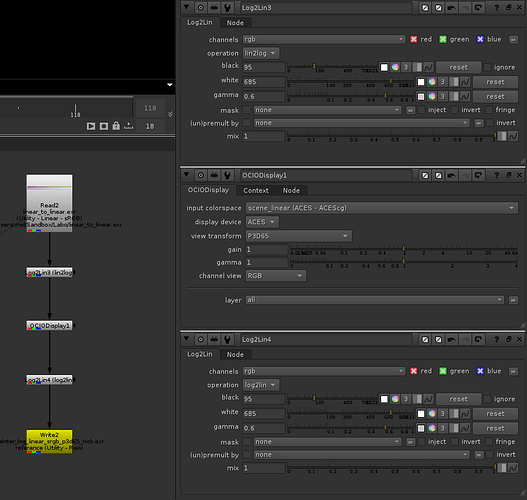Hey everyone,
just wondering if anyone who actually made the log tone mapper workflow work in Substance Painter could share a screenshot of their Nuke setup ?
I am not able to invert the log tonemapper in my LUT generation. It is either too dark or washed out for some reason. @bleleux @Derek @Dogway1
As you guys are well aware, without the log tone mapper inverted, highlights will clamp. I’d like to get rid of that… I have tried lots of combination of log2lin/lin2log in Nuke but none did the trick…
I’ll try again tomorrow with a fresh head.
Many thanks !

